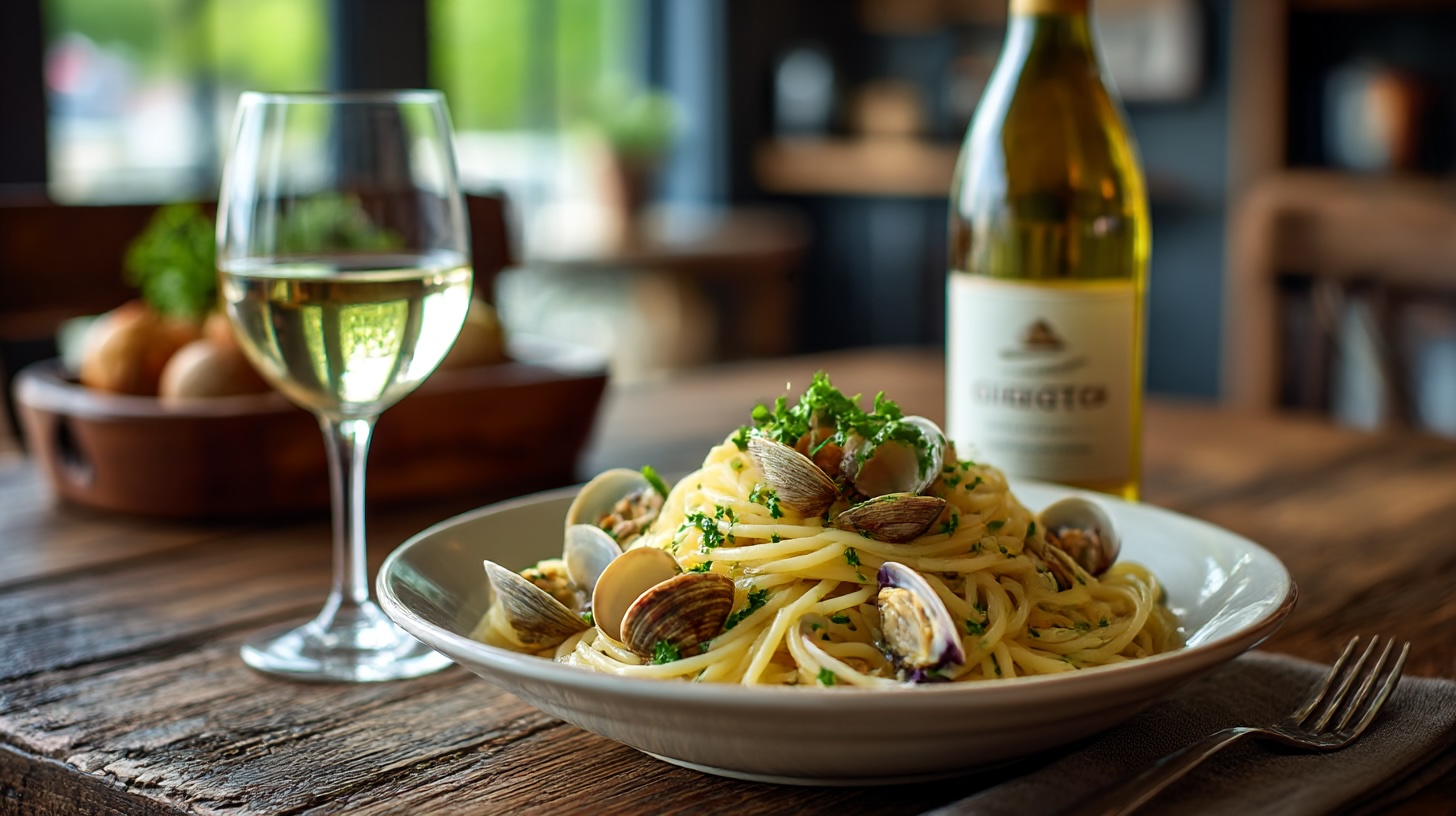How Malbec Found Its Soul in Argentina
Malbec is the wine that moved continents, reinvented itself, and found global fame in the unlikeliest of places. It started life as a supporting actor in the grand French wine theatre, then packed its bags, crossed the ocean, and stole the spotlight in South America. If ever a grape had a dramatic arc worthy of its own biopic, it’s Malbec—an underdog story with altitude.
The tale begins in southwest France, particularly in Cahors, where Malbec (known locally as Côt or Auxerrois) made wines so inky and tannic they could stain not just teeth but entire reputations. It was once beloved for its depth and colour, a kind of vinous bodybuilder in the Bordeaux blend. But despite its early promise, it never quite made the A-list in France. Malbec was temperamental in the vineyard, sensitive to disease, and had a bad habit of sulking through the growing season. Bordeaux, ever pragmatic, gradually showed it the door in favour of more cooperative grapes.
And then came Argentina. In the mid-19th century, enter Michel Aimé Pouget, a French agronomist who brought cuttings of Malbec across the Atlantic. Planted in the high-altitude vineyards of Mendoza, something magical happened. Malbec thrived in the intense sunshine, dry air, and cool Andean nights. It transformed from moody and difficult to lush, expressive, and, frankly, irresistible. Think dark berries, velvety tannins, and a whisper of smoke and spice. Suddenly, this once-overlooked grape became a national icon. Argentina didn’t just adopt Malbec—it gave it a new identity.
Today, when someone says “Malbec,” odds are they mean the Argentine version: plush, fruit-forward, and full of easy charm. But its roots still dig deep into French soil. In Cahors, it continues to produce structured, savoury wines with firmer tannins and a moodier, more brooding character. French Malbec is less about fireworks and more about quiet intensity. If Argentine Malbec is a tango in the sunlight, Cahors is a black-and-white film with a great soundtrack and a tragic twist.
Other regions have joined the Malbec party too. Chile’s versions tend to be fruit-driven and juicy, often with a herbal freshness. In the United States, particularly in Washington and California, Malbec can range from light and perfumed to bold and spicy, depending on the winemaker’s mood. Australia is giving it a go with some promising results, while South Africa and even parts of Italy are experimenting as well. It’s a grape with wanderlust.
What makes Malbec stand out isn’t just its adaptability, but the way it delivers generosity in a glass. Its deep purple hue is dramatic, its aromas are lush and inviting—blackberries, plums, violets, cocoa, and sometimes a cheeky hint of leather or black pepper. The tannins are usually soft and round, making it a crowd-pleaser without being boring. It has enough complexity to keep wine nerds interested, but enough approachability to pour at a barbecue without causing a stir.
Malbec loves food. And the feeling is mutual. It’s famously brilliant with steak—Argentinian asado and Malbec are practically married. But don’t stop there. It also loves lamb chops, chargrilled vegetables, empanadas, mushroom risotto, smoky sausages, and hearty stews. It’s an excellent partner for blue cheese, aged cheddar, and anything rich enough to stand up to its bold personality. Even chocolate desserts can work, especially if there’s a dark cherry sauce involved. It’s like a versatile dinner guest who never needs to be seated in a specific spot.
On the health front, Malbec carries the usual red wine credentials. It’s got resveratrol, polyphenols, and other friendly antioxidants. Some studies even suggest Malbec grapes, particularly those grown at higher elevations, might contain more resveratrol than most. Heart health, stress relief, the vague promise of eternal youth—Malbec plays all the hits. But let’s be honest: no one’s really sipping Malbec for the resveratrol. You drink it because it tastes fabulous, especially when shared with people who appreciate a good story in a bottle.
Finding Malbec is about as easy as falling into a YouTube rabbit hole. Every respectable wine shop will have a decent Argentine selection, usually waving at you from the shelves with a bold label and the word “Mendoza” prominently displayed. Supermarkets stock it, wine bars pour it, and restaurants love it because it makes pairing with grilled meats an effortless win. But the real magic happens when you go exploring: a bottle from Cahors if you’re feeling introspective, a Chilean number for something a bit zippier, or a small-production gem from a lesser-known region that surprises you completely.
Malbec has come a long way from its early days as Bordeaux’s brooding backup singer. It’s found its voice in the Andes, made a name for itself on the global stage, and continues to evolve with every new region it touches. Whether you’re drawn to its inky richness, its food-friendly charm, or just its slightly rebellious origin story, Malbec delivers. With bold fruit, soft swagger, and a global passport, it’s a grape that knows how to make an entrance—and a lasting impression.




3 comments